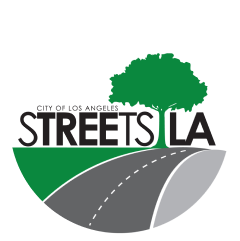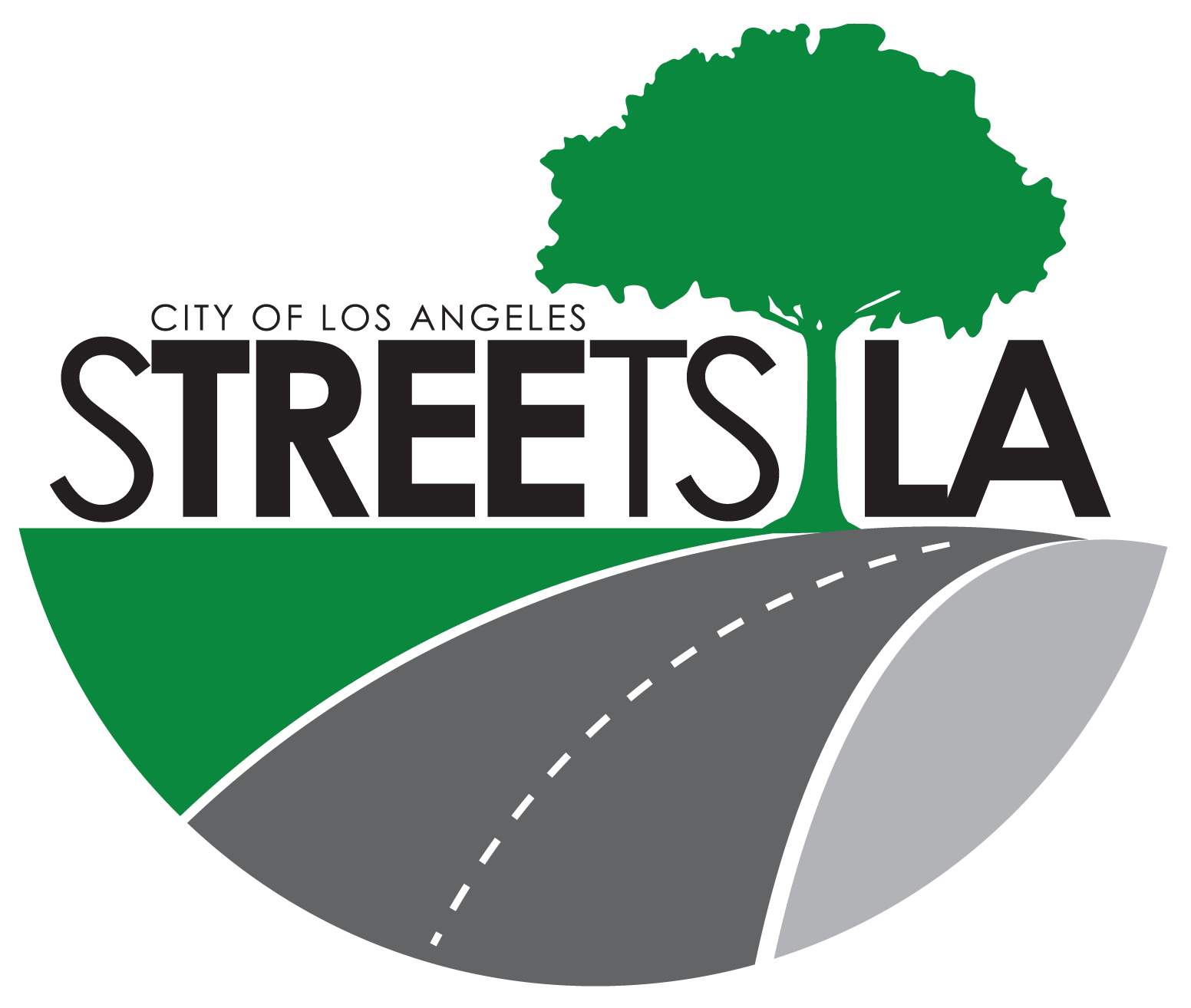Condition Assessment Process
To calculate the average Pavement Condition Index (PCI) of the entire street network, the Pavement Management Section of the Bureau of Street Services followed the typical Micro PAVER™ five-step methodology:
- Inventory: The entire City's street network, which includes over 69,000 pavement segments, was inventoried and entered into a computer database.
- Routing: Prior to performing the survey of the pavement sections, all 69,000 segments were routed manually. Routing of the streets in the network ensures the most time efficient way for the survey teams to capture accurate pavement data.
- Survey (Gathering of Data): The Bureau of Street Services currently utilizes an automated van to collect pavement distress data. This van is equipped with a computerized work station, cameras to take digital images of the street surface, and lasers to capture roadway roughness and rutting data.
- Data Processing: The surface distress information captured by the City van is processed at two workstations in the office. Laser data and digital images are analyzed using custom software. The distresses on each one of the 69,000 street segments are identified and evaluated for type, quantity and severity.
- Micro PAVER™ Analysis: The processed information is imported into Micro PAVER™, which analyzes the distress information and calculates a PCI for the pavement. Life Cycle curves are developed, and the critical PCI is established. By using the critical PCI method, an optimum maintenance/rehabilitation strategy can be developed, budget needs can be determined, and future roadway conditions can be projected based on different budget scenarios.
Current Condition Assessment
- 6,500-mile street system
- Approximately 3,000 miles require resurfacing
- Approximately 1,000 miles of failed streets
- Overall system condition is a C
System Description
The City's street system is divided into four functional classifications:
- Primary Arterials
- Secondary Arterials
- Collector Streets
- Residential Streets
Surface Type
The Street Network Can be classified by two types of surface:
- Asphalt Concrete covers 5,840 miles of streets
- Portland Cement Concrete covers 493 miles of streets
Non-Residential vs. Residential
Non-Residential Streets represent 2,600 miles of the street network (Primary Arterials, Secondary Arterials and Collector Streets). They are primarily throughways that connect distant locations and are designed to carry heavy volumes of traffic.
Residential Streets Represent 3,900 miles. These streets carry light loads of traffic but are sporadically exposed to heavy traffic such as refuse collection trucks.


